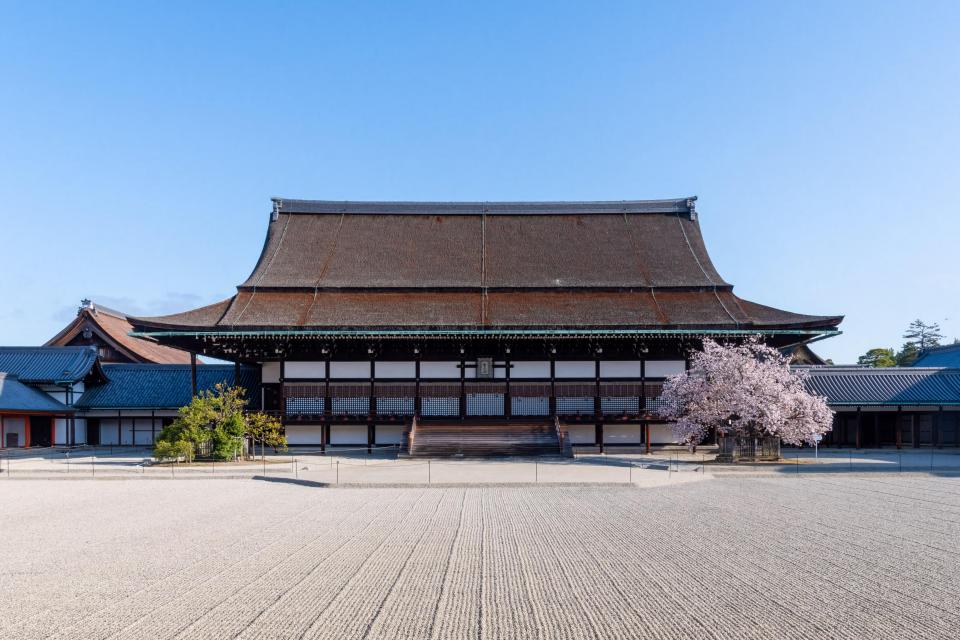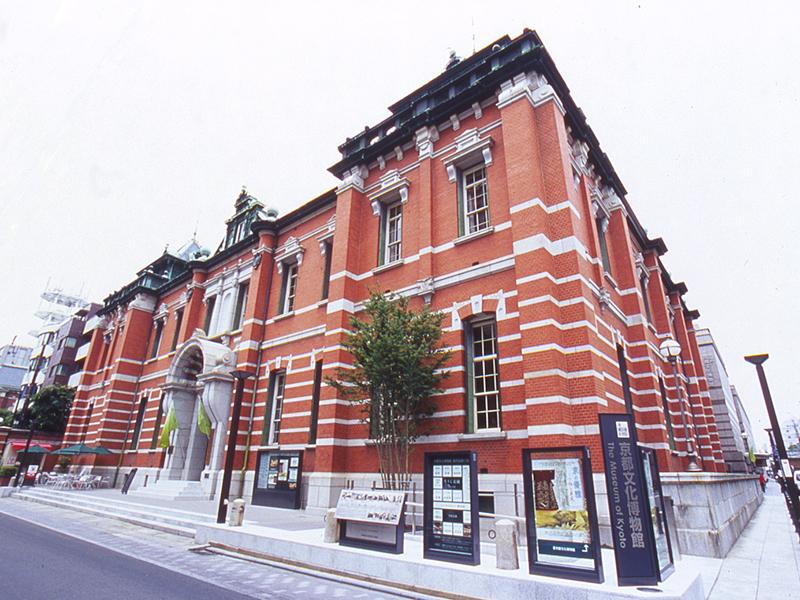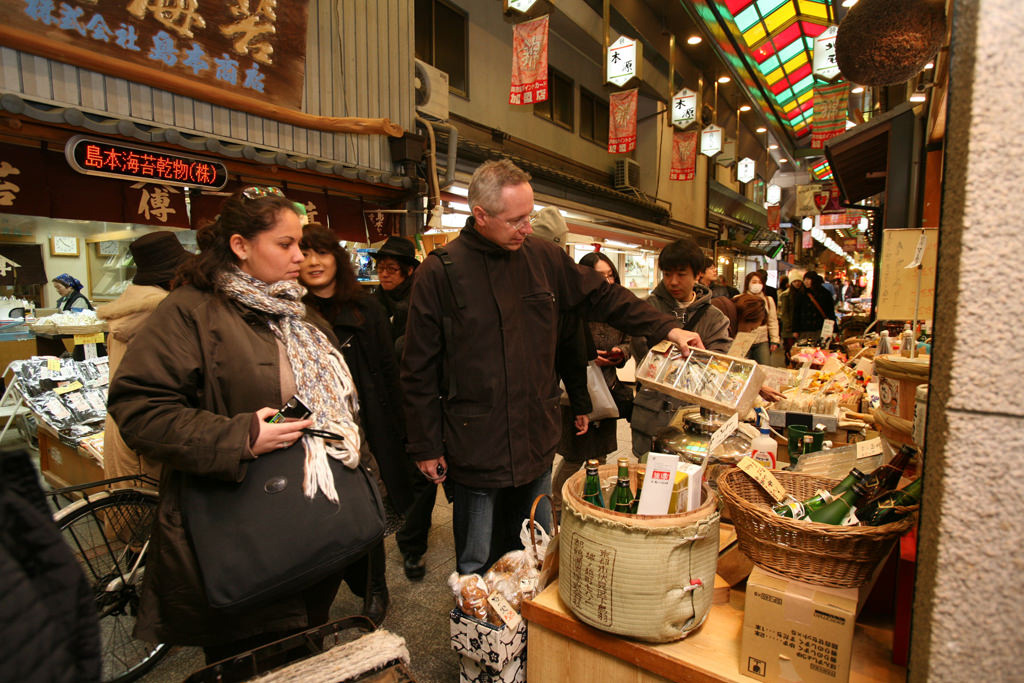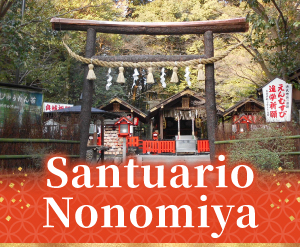
Conozca el teñido anudado transmitido de generación en generación.
Se dice que el teñido anudado es la técnica de teñido más antigua de Japón; data de hace unos 1.300 años y ha cautivado a un gran número de seguidores a lo largo de los siglos con diseños vivos pero cultos en kimonos, así como en otras prendas y pequeños artículos japoneses.
Pero ahora, el tie-dye japonés está captando la atención en todo el mundo gracias a la producción de bufandas y otras pequeñas prendas teñidas.
Este es el único museo en Japón especializado exclusivamente en el teñido anudado. Los visitantes pueden disfrutar tranquilamente de las técnicas y los resultados a través de exposiciones especiales bimensuales organizadas por expertos en teñido anudado y grabaciones de los diversos procesos. Además, el museo ofrece tres cursos muy populares de teñido anudado de bufandas: "Sekka shibori", "ita-shime-shibori" y "Kyo-arashi-shibori", que los visitantes pueden probar.
Las bufandas terminadas pueden llevarse a casa el mismo día. Y, para quienes buscan un reto técnico, les espera el "curso de fukusa". Este consiste en teñir con la técnica de patrón moteado de Kioto.
Información básica
- DIRECCIÓN : 127 Shikiami-cho Aburanokojidori Oike-sagaru,Nakagyo-ku
- Sitio web : haga clic aquí














